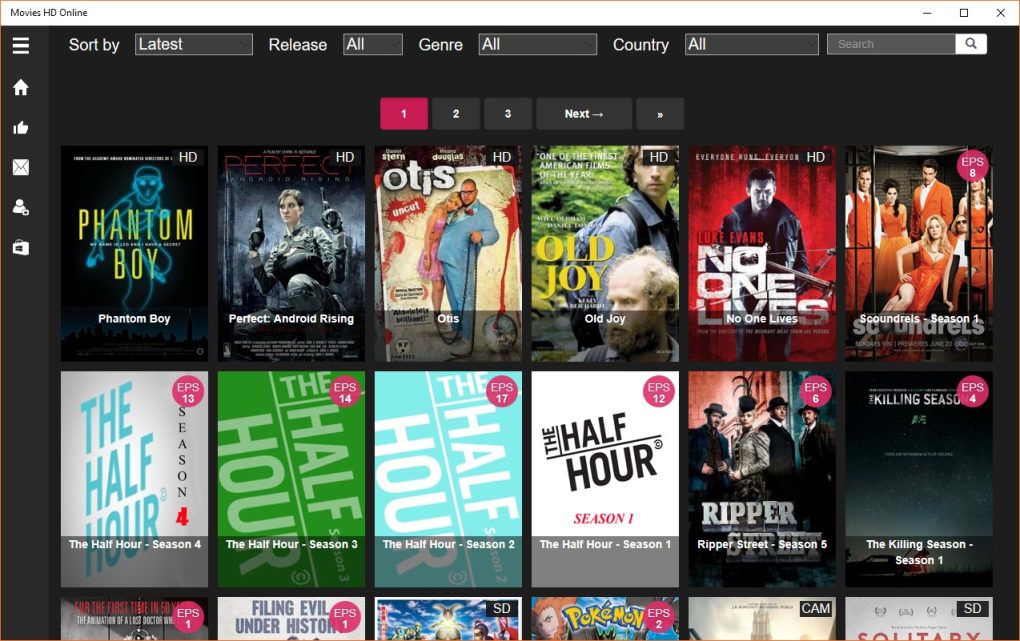
Welcome to the world of Switchable Film, where innovation and technology converge to bring magic to our everyday lives. Switchable Film, with its remarkable ability to change its properties with just a flick of a switch, has captivated the imagination of many across various industries. This sophisticated material has the power to transform ordinary surfaces into dynamic, interactive spaces, offering endless possibilities for creative expression and functionality alike.
Technology Behind Switchable Film
Switchable Film operates through the ingenious use of two main components: liquid crystals and a transparent conducting layer. When an electric current is applied, the liquid crystals align in a particular direction, controlling the passage of light through the film. This dynamic process allows for the film to switch between opaque and transparent states, offering privacy and shade at the touch of a button.
The magic of Switchable Film lies in the principles of electrochromism and liquid crystal technology. Electrochromic materials change color or opacity in response to an electrical stimulus, enabling the film to transition from clear to frosted with ease. By exploiting the properties of liquid crystals, Switchable Film can achieve a wide range of optical effects, making it a versatile solution for various applications in architecture, automotive, and smart devices.
The versatility of Switchable Film is further enhanced by its energy-efficient nature. Unlike traditional blinds or curtains, Switchable Film requires minimal power to operate, making it a sustainable choice for modern living spaces. Additionally, the ability to control the level of transparency offers users the flexibility to adapt to changing lighting conditions, creating a comfortable and visually appealing environment.
Applications of Switchable Film
Switchable film technology finds a wide array of applications in various industries. In the architectural sector, it is commonly used in smart windows to regulate sunlight and enhance energy efficiency within buildings. By switching between transparent and opaque states, switchable film helps reduce the need for heating and cooling, leading to cost savings and a more sustainable environment.
Another key application of switchable film is in automotive glazing, where it is integrated into sunroofs and windows to provide privacy, glare reduction, and UV protection for passengers. This technology enhances driving comfort and safety by allowing the occupants to adjust the tint levels as needed, creating a more enjoyable driving experience.
In the retail and advertising industries, switchable film is utilized for dynamic displays and interactive exhibition setups. Its ability to switch between opaque and transparent states enables eye-catching visual effects and innovative marketing strategies. Switchable film can transform ordinary windows or glass surfaces into engaging platforms for branding, promotions, and immersive experiences.
Future Prospects
As we look ahead, the future of switchable film appears to be filled with boundless opportunities. With ongoing advancements in technology, there is great potential for the development of even more versatile and efficient switchable film solutions. These innovations could revolutionize various industries and enhance everyday experiences for consumers.
One exciting prospect is the integration of switchable film in smart homes and buildings. Imagine windows that can automatically adjust their transparency based on the time of day or weather conditions, providing optimal lighting and energy efficiency. This could not only improve comfort but also contribute to significant cost savings in terms of heating and cooling.
Switchable Film
Furthermore, the potential applications of switchable film in the automotive sector are promising. As vehicles become more connected and autonomous, switchable film could be utilized to create interactive displays, glare-reducing sunroofs, and enhanced privacy features. This would not only elevate the driving experience but also enhance safety on the road.


